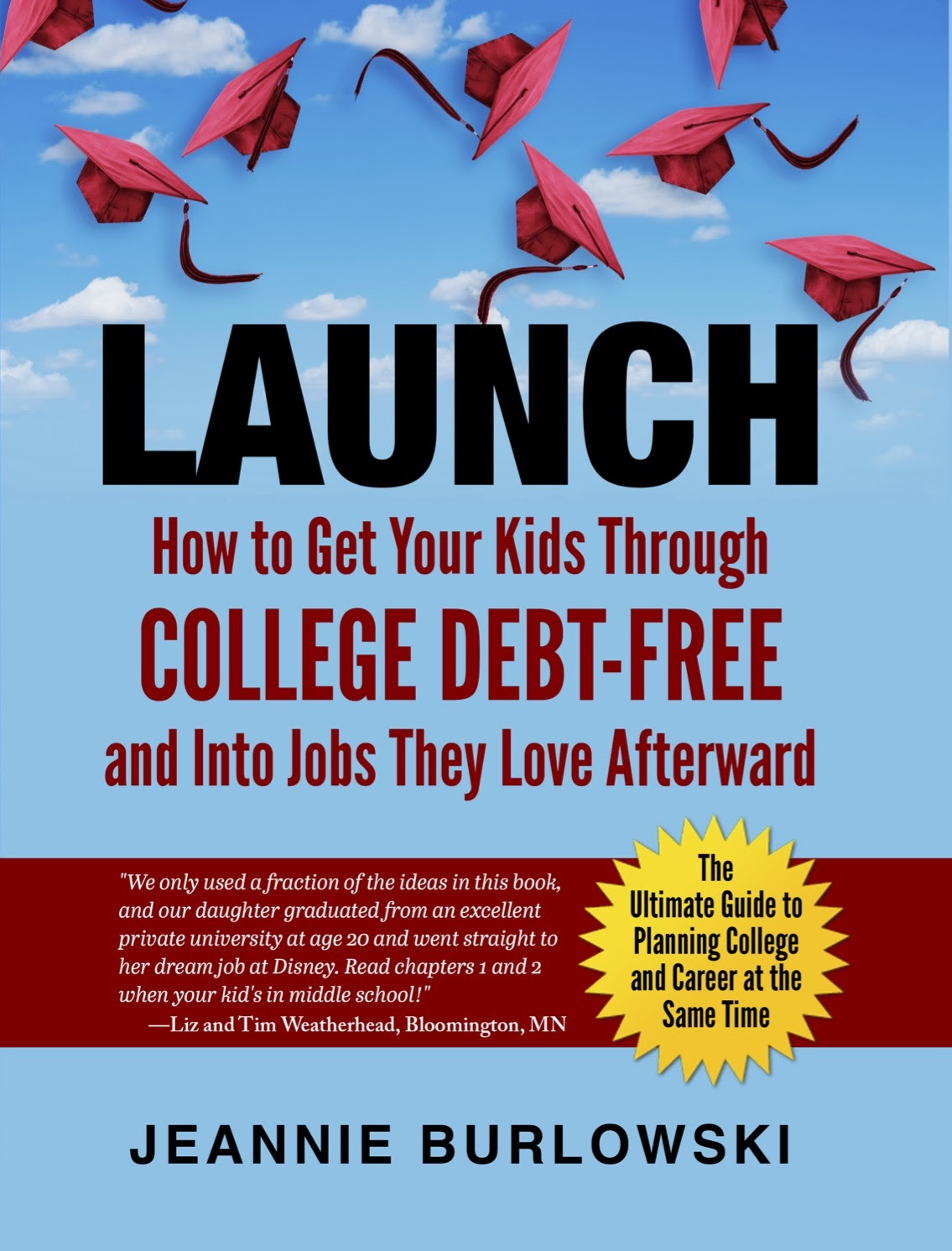Which of these multiple choice testing strategies have you never heard of before? That’s your new secret weapon.
Share this article with a student you care about.

1. Before you start, note the structure of the test and plan your timing.
Here’s a nightmare you want to avoid. You turn to the final page of a test with two minutes left on the clock, only to find that the last question is a long-form essay question worth half the test points—and you’ve got zero time to write it.
If you know what’s coming, you can plan your time accordingly.
2. Read the question stem twice, then try to think of the answer yourself—without peeking at the choices.
The “stem” means the question itself, not including the answer choices.
Reading the question stem twice will help ensure that you won’t get answers wrong due to easily avoidable reading errors. And thinking up the correct answer in your head on your own—when possible—will help you instantly recognize the right answer when you see it.
3. Always read all the multiple choice answer choices.
Yes, the correct answer might jump right out at you, but carefully read the other choices as well. Sometimes you’ll realize that your original prediction actually needs to be reconsidered.
4. Don’t assume that the most familiar-sounding answer choice is the right one.
Sometimes, the familiar-sounding choice was planted there specifically to distract you from the right answer. When you’re choosing a correct answer, quietly ask yourself for some logical reasons why that answer is probably right.
5. If it’s a paper test, physically cross out the likely wrong answer choices, and select from the remaining ones.
This is a classic multiple choice test strategy because it works.
6. Put off the hard ones.
You’ve just hit an insanely difficult test question? If it’s a paper test, there’s no law forcing you to do multiple choice test questions in order. Circle any impossible-looking questions on your test paper, and plan to come back to them at the end. Build your confidence by getting all the easy points right away.
7. After you get all the easy questions done, come back for the hard ones.
You’ll be able to zoom straight to the hard questions very quickly, because you just circled them on your test paper. You might find that what looked insanely hard 20 minutes ago, now looks fairly easy.
8. For the hardest multiple choice questions, where you have absolutely no idea, strongly consider the longest answer choice.
Don’t pick it if it seems wrong, but if it seems plausible, go for it. Many times test makers add detail to correct answers to make them perfectly correct.
9. You’ve got 30 seconds left, with 20 multiple choice questions you haven’t even read yet? Do this.
When you don’t even have time to read a string of questions, follow the advice of William Poundstone, author of the book Rock Breaks Scissors: A Practical Guide to Outguessing and Outwitting Almost Everybody. Poundstone says that after analyzing thousands of multiple choice tests, he’s found that when you’re offered four answer choices, the best wild guess choice is “B.” When you’re offered five answer choices, the best wild guess choice is “E.”
10. Don’t leave any multiple choice questions blank.
Answer every question.
And if someone tells you to worry about a “guessing penalty” on the SAT exam? That no longer exists. Prior to March of 2016 the SAT would dock you 1/4 point for every wrong answer you put in—but that hasn’t been the case (even on the SAT) in years.
Answer every question.
11. Use all the time provided.
Remember, if you finish your test with time to spare, you won’t get any extra points for parading up to the front and handing your test paper in early. Use all the time provided. Go back through the test, carefully re-read the question stems, and double-check your answers.
12. Remember, the easiest way to ace a multiple choice test is to actually prepare yourself well ahead of time.
I’ve written two helpful articles on this subject.
This one, on the fastest easiest route to efficient classroom learning, and this one, on what to eat before testing.
Are you parenting a child with any kind of disability?
Be sure to read my article on when to call the college’s Disabilities Services Office.
You’ll find additional, powerful strategies that help students succeed in every kind of class on pages 34–36 of my book:
Important—> It’s a reference book, so nobody reads the whole thing cover to cover. Pick out what you need to read in it using the fast-paced, 10-minute video instructions here.
You can see hundreds of reviews of this book on Amazon by going to:
Read just one chapter of LAUNCH every 1–3 months while your child’s in middle school and high school, and you’ll know every viable strategy for debt-free college at exactly the right time to implement it.
And if your child’s already well past middle school? That’s OK; you can run to catch up. But the process of getting your kids through college debt-free goes more smoothly the earlier you start—especially if you’re not planning to save up any money to pay for college.
Let's you and I walk together toward the goal of debt-free college for your kids.
We can accomplish this no matter your current income level—even if your kids never get a single scholarship.
Your first step is getting regularly scheduled, free helpful articles from me—right in your email inbox. Quick, sign up here.
Do you have very specific questions for me about debt-free college and career for your kids?
My TRIBE Members get the most direct access to me—while feeling good that the pennies per day they spend on the TRIBE help me bring debt-free college strategy to families who could never afford to pay for it. Join my TRIBE Membership waiting list here.
Who is Jeannie Burlowski?
Jeannie is a full-time academic strategist, podcast host, and sought-after speaker for students ages 12–26, their parents, and the professionals who serve them. Her writing, speaking, and podcasting help parents set their kids up to graduate college debt-free, ready to jump directly into careers they excel at and love. Her work has been featured in publications such as The Huffington Post, USA Today, Parents Magazine, and US News & World Report, as well as on CBS News.
Jeannie also helps students apply to law, medical, business, and grad school at her website GetIntoMedSchool.com. You can follow her on Bluesky @jburlowski.bsky.social.
No part of this article was written using AI.


